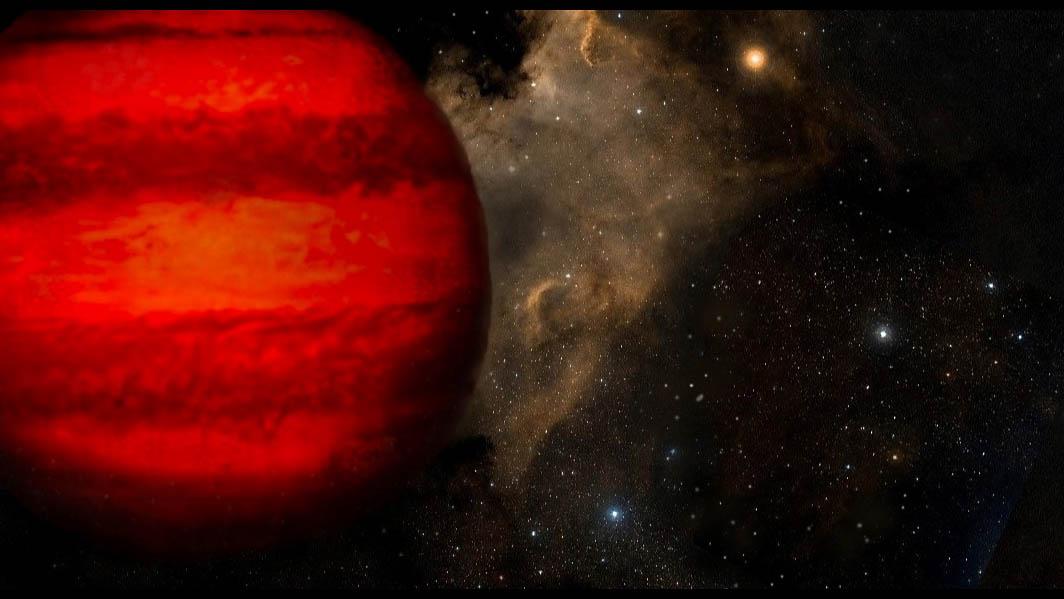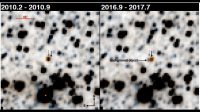This artist’s concept shows a brown dwarf, a ball of gas not massive enough to power itself the way stars do. Despite their name, brown dwarfs would appear magenta or orange-red to the human eye if seen close up. (William Pendrill (CC BY))
Home This artist’s concept shows a brown dwarf, a ball of gas not massive enough to power itself the way stars do. Despite their name, brown dwarfs would appear magenta or orange-red to the human eye if seen close up. (William Pendrill (CC BY)) This artist's concept shows a brown dwarf, a ball of gas not massive enough to power itself the way stars do. Despite their name, brown dwarfs would appear magenta or orange-red to the human eye if seen close up. (William Pendrill (CC BY))



